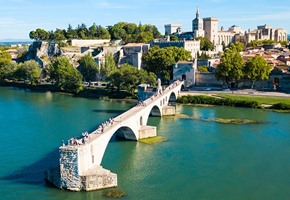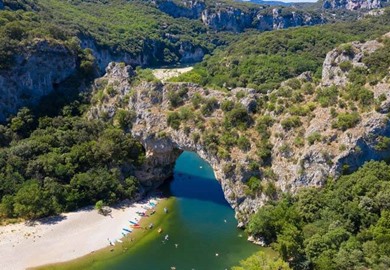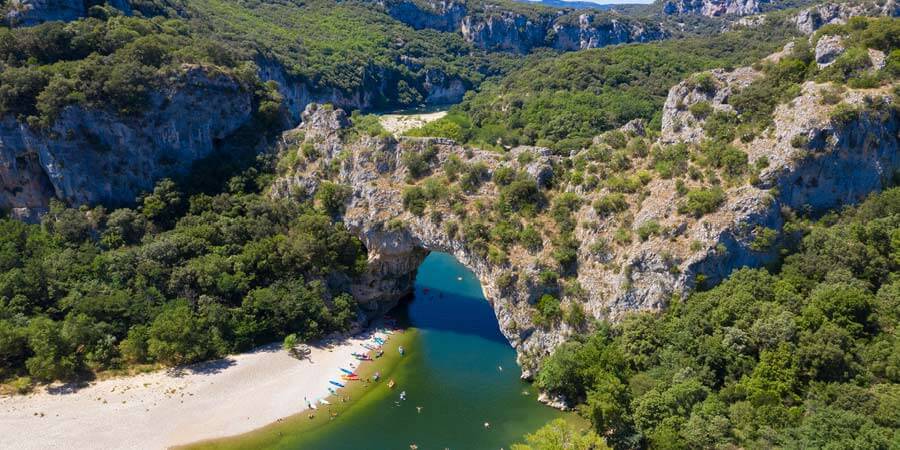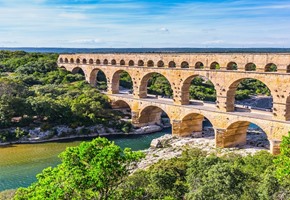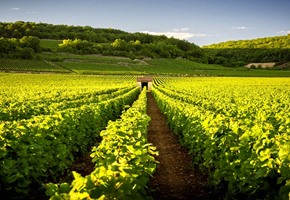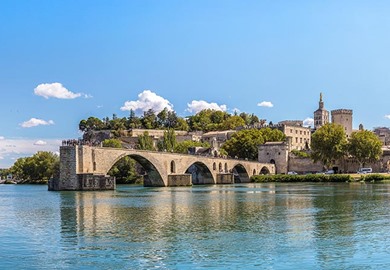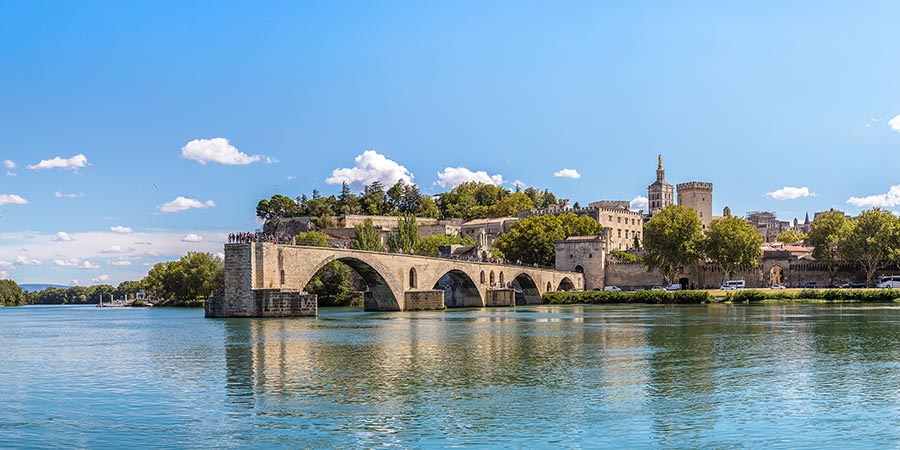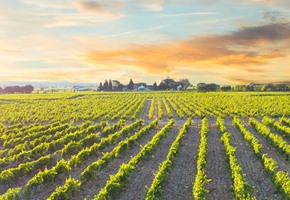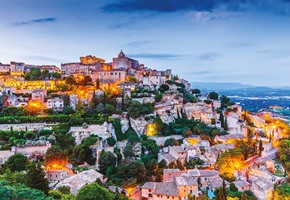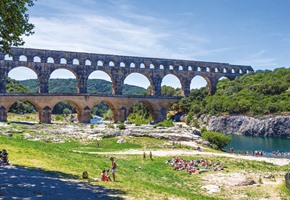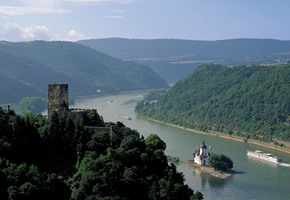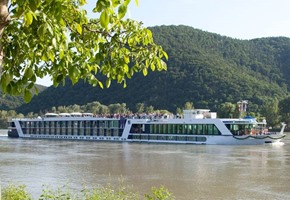Avignon
Although successive tribes settled in and took control of
Avignon, the town was generally seen as insignificant until the
early 14th century. At this time, the city became home to the first
of seven successive popes, based here to avoid factional fighting
in Rome. In a bid to rival Rome's Papacy, Avignon's architects
designed many of the city's magnificent surviving features,
including the grand city fortifications and the marvellous Palace
of the Popes - one of the most important Medieval Gothic buildings
in Europe. Throughout the entire era, Avignon developed into a
thriving centre of culture; the celebrated Avignon School of
painting derived from Italian artists sent for by the popes, and
Avignon's University was established in the 1330s.
